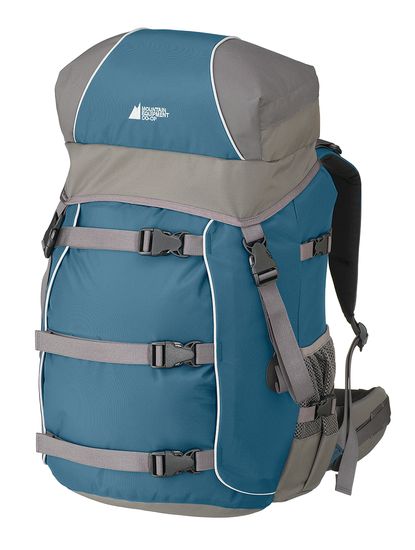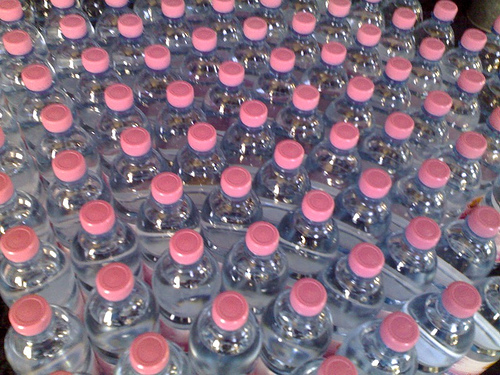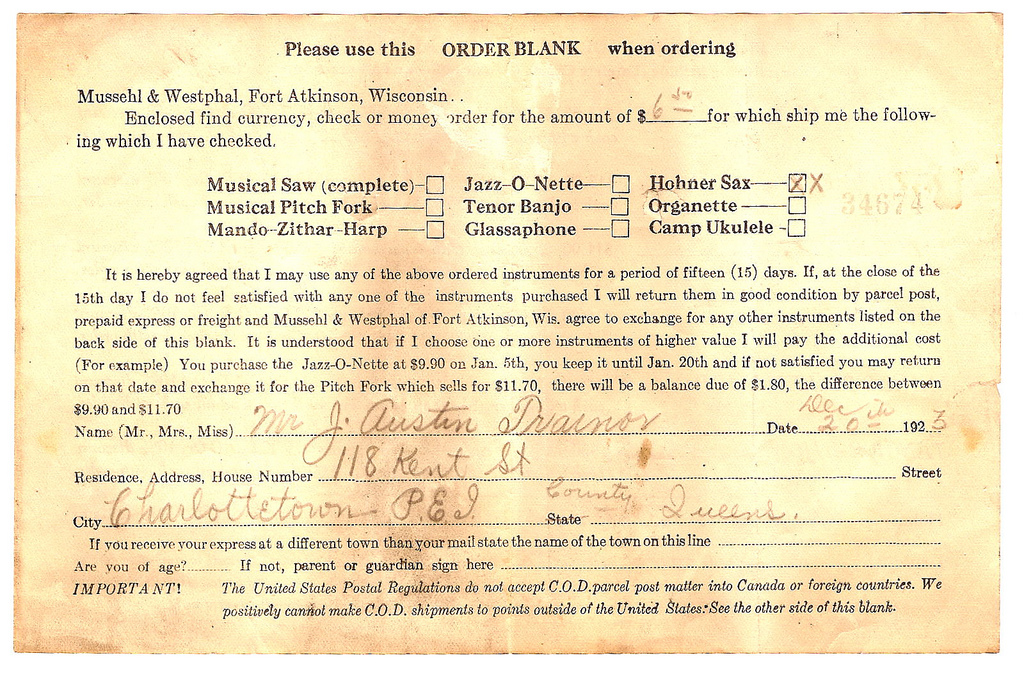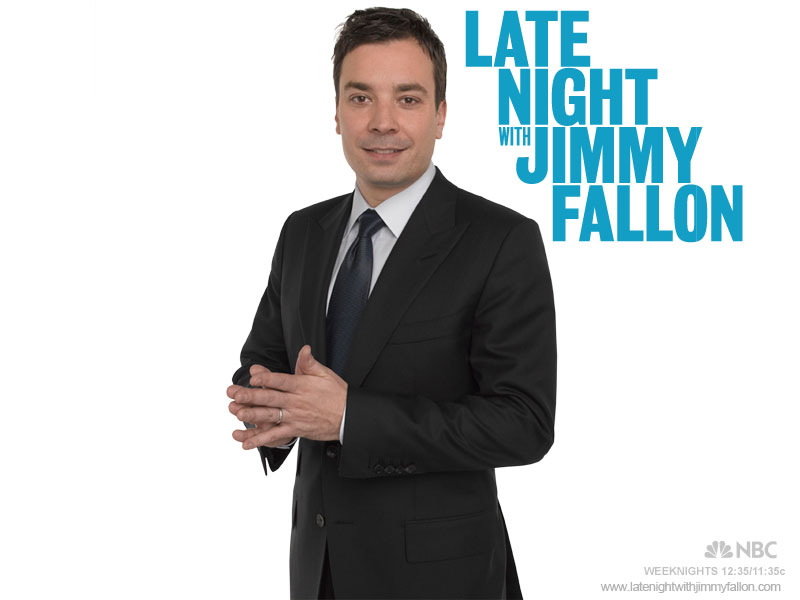 For our trip to Europe next week [[Oliver]] and I are travelling fast and low to the ground, meaning that suitcases need to give way to backpacks. We spent last Saturday scouring the sporting goods sections of stores about Charlottetown — Sporting Intentions, Sportchek, Source for Sports, Zellers — but all we could find were either adult-sized travel packs or cheap, small, Dora the Explorer-sized school packs for kids.
For our trip to Europe next week [[Oliver]] and I are travelling fast and low to the ground, meaning that suitcases need to give way to backpacks. We spent last Saturday scouring the sporting goods sections of stores about Charlottetown — Sporting Intentions, Sportchek, Source for Sports, Zellers — but all we could find were either adult-sized travel packs or cheap, small, Dora the Explorer-sized school packs for kids.
We were almost ready to give up when I thought to look on the Mountain Equipment Coop website, where I was happy to find the Big Squeeze Backpack, described:
The Big Squeeze is the missing link between kid’s daypacks and adult multi-day packs. It is specifically designed for pre-teens heading backpacking with the family or off to summer camp. We built a compression stuff sack into the main compartment, large enough for a bulky bag.
The only question I had that was neither explained nor obvious in the product pictures was whether or not the pack has a chest strap — Oliver has wee shoulders and needs all the help he can get to keep the pack on! A quick call to MEC headquarters in British Columbia and a chat with a very helpful guy — he went down into the store to look and see for himself — revealed that not only does it have a chest strap, but one with a built-in whistle to boot.
Placed the order Saturday afternoon and the pack arrived here in Charlottetown on Wednesday morning. So far it looks like exactly what we need for 8 days on the road. We’ll report back once the trip is over.
Yesterday my non-profit working life got a little out of control, with back-to-back meetings from noon to 6:00 p.m. It was exhausting, but also an interesting study in contrasts. The day started with an L.M. Montgomery Land Trust meeting at Ravenwood. An hour later I was up the trail at the University of PEI Robertson Library for an Access 2009 steering committee meeting, and at 4:00 p.m. back here at the office there was a Quality of Island Life Coop directors meeting. Here’s how they compare.
Use of Acronyms: Quality of Island Life meeting winds hands-down. Being mostly from the government and eco-sectors, QoIL members are all about the acronyms: they simply can’t help themselves. So you hear sentences like “we could access some CURA money to develop a business case for streamlining an SESRN grant to do a SWAT analysis of the community ROI factors.” Okay, that’s an exaggeration. But only a little one.
Breadth of Membership: The Access 2009 folks are all librarians, the QoIL people are all anti-establishmentarians, so the Land Trust wins this race. Our board includes people from non-profits, farmers, small business owners, public servants, and tourism operators.
Rollicking Good Time: Man those librarians are funny. Really. To the point where one hour meetings become two hour meetings simply to accommodate the sarcasm overhead.
Group Process: Another win for QoIL. Everything around the QoIL table is about new-style inclusive group process: we take straw polls, engage facilitators, ensure everyone gets a chance to speak. There’s more group process intelligence in a QoIL meeting than you’ll find anywhere else on PEI. And, most of the time, it works very well. Over at the Land Trust we’re all-Robert’s Rules-all-the-time, which works in its old school way (“all those in favour signify by saying yea… contrary minded nea”). The librarians are, relatively speaking, anarchists.
Accommodation of Crazy Ideas: Access 2009. Where else can you propose web-enabling a gymnasium scoreboard to allow conference presentations to be voted up or down by the audience and be taken seriously? Runner up is QoIL, where I’ve managed to conjure up a few pie-in-the-sky ideas and make them seem real.
Herculean Tasks: No contest here, it’s the Land Trust. We’re amidst a multi-year effort to preserve 622 acres of coastal agricultural land from development. It’s a huge task.
Food: There were all manner of treats from the “gummy bear” family at the Access meeting, but that was it for the afternoon. Last year, before we migrated our QoIL meetings here to Reinvented HQ, you’d find wine and beer and brie and hot tea on offer; I have clearly let the team down in this regard. Our December meeting was pot-luck, however, and man can those anti-establishmentarians whip up some good food. Land Trust meetings are strictly bring-your-own-lunch.
What’s really interesting is that there’s absolutely no overlap between the groups: they are distinct and separate slices of Island society, and I’d hazard a guess that most of the people around one table wouldn’t know most of the people from the other two. But they’re all good people, fascinating to work with, and although it took a lot to make it through the endless day, it was, ultimately, all worth it.
 You may recall that back in September I reported on an Eastern School District meeting (back when such affairs were calmer) part of which was a presentation by Leo Broderick and Mary Boyd on bottled water and why it should be avoided.
You may recall that back in September I reported on an Eastern School District meeting (back when such affairs were calmer) part of which was a presentation by Leo Broderick and Mary Boyd on bottled water and why it should be avoided.
Although I poked fun at their long-winded presentation, the heart of the matter — advocacy for water as human right and not a commodity — struck a strong chord with me, and I’ve not purchase a bottle of water since and have been quite happy, in general, with Charlottetown’s municipal water supply as an alternative.
I tried to kick things up a notch on Monday night at the meeting of the Prince Street Home and School Association. We were discussing our annual Spring Fling event — the association’s main fund-raiser — and the topic of using bottled water came up. I invoked the memory of the September meeting (held, by coincidence, right at Prince Street School) and suggested we consider not using bottled water at all.
While there was some conceptual support for this idea, my advocacy ultimately failed.
The first sticking point surrounded the need to deliver water to the many volunteers working around the school during the event: traditionally this has been done by bringing them bottled water, and there was a feeling that trying to bring them cups of water was impractical given the crowds and the commotion of the event. Maybe there’s a solution to this, but we didn’t arrive at one during our discussions.
Second was the issue of what to sell at the hot dog stand instead of water; while juice was a possibility, it was generally agreed that without water many people would default to buying pop: bottled water’s very status as an expensive commodity lends itself well to fund-raising and selling sugary bottled water instead would hardly be a step ahead.
I’m certain that with more time and some creative problem solving both of these issues could be resolved in a way that would remove bottled water from the equation and not compromise the event, but it was time the meeting wasn’t willing to spend.
While the anti-bottled water education effort has made inroads over the last few years, it seems like what’s really needed to take things further in situations like this is very practical “how to” advocacy: “A Guide to Holding Your Event Without Bottled Water,” for example. I’d welcome pointers to such resources, and offer my support to anyone who wishes to advocate in this area.
Sixty-two issues of The Island magazine, running from 1976 to 2007, have been digitized and placed online in the IslandArchives Collection. Amazing stuff.
SHiFT is coming back for 2009. Maybe this will finally be the year I make it to Lisbon. October 15 and 16.
You may recall Austie Trainor from such well-known blog posts as April is Poetry Month and Happy Christmas to All from my friend Catherine Hennessey — Trainor was, among many other things, her childhood Santa Claus.
This afternoon while rummaging about in some papers that the lads from [[silverorange]] pulled out of the Queen Street Commons attic next door I noticed this 1923 order blank for a Hohner Sax filled out by the selfsame Austie Trainor:

Presumably if the order blank stayed in a Charlottetown attic the sax never actually got ordered. The order blank itself is fascinating: the exchange policy is among the most complicated (but flexible) terms of sale I’ve encountered.
The lads next door at the skyscraper job-site have started up some sort of explosive riveting job today. It’s very, very loud. Try listening to that over and over while you’re trying to get some work done in front of a computer.
 You probably haven’t seen Late Night with Jimmy Fallon. Especially if you live in Atlantic Canada, where it airs at 1:30 a.m on A.
You probably haven’t seen Late Night with Jimmy Fallon. Especially if you live in Atlantic Canada, where it airs at 1:30 a.m on A.
We’ve been watching it in our house, but not until the next day, thanks to our digital video recorder. And, somewhat to my surprise, it’s pretty good.
The monologue is best fast-forwarded through, as its just more of the same formulaic non-funny banter.
But once Fallon sits down at his desk, there are some genuinely good off-the-wall moments, unusual for a format that is generally as strict as Kabuki Theatre. Which is not to say that there’s not the usual movie and book plugging going on. But Fallon is more genuinely interested than Letterman, and much less cynical than his predecessor Conan O’Brien (who always felt like he was mocking both the audience and the guests).
He’s kind of like the guy you and I would hope to be if we were hosting a late night talk show: sometimes bumbling, sometimes a wide-eyed fan, and sometimes cracklingly funny.
Last night’s episode, the opening of the second week of the show, featured Amanda Peet, Rose Byrne and Joshua Topolsky. And in that way that an episode with slightly-obscure guests can often prompt, the show truly came into its own: the first week jitters gone, Fallon much more relaxed, and the guests rising to the challenge. (If you live in the USA, you can watch the episode online).
Yankee Magazine Food Editor Annie B. Copps reveals the answer to this question, as part of a video guide to making Irish Soda Bread.
 I am
I am